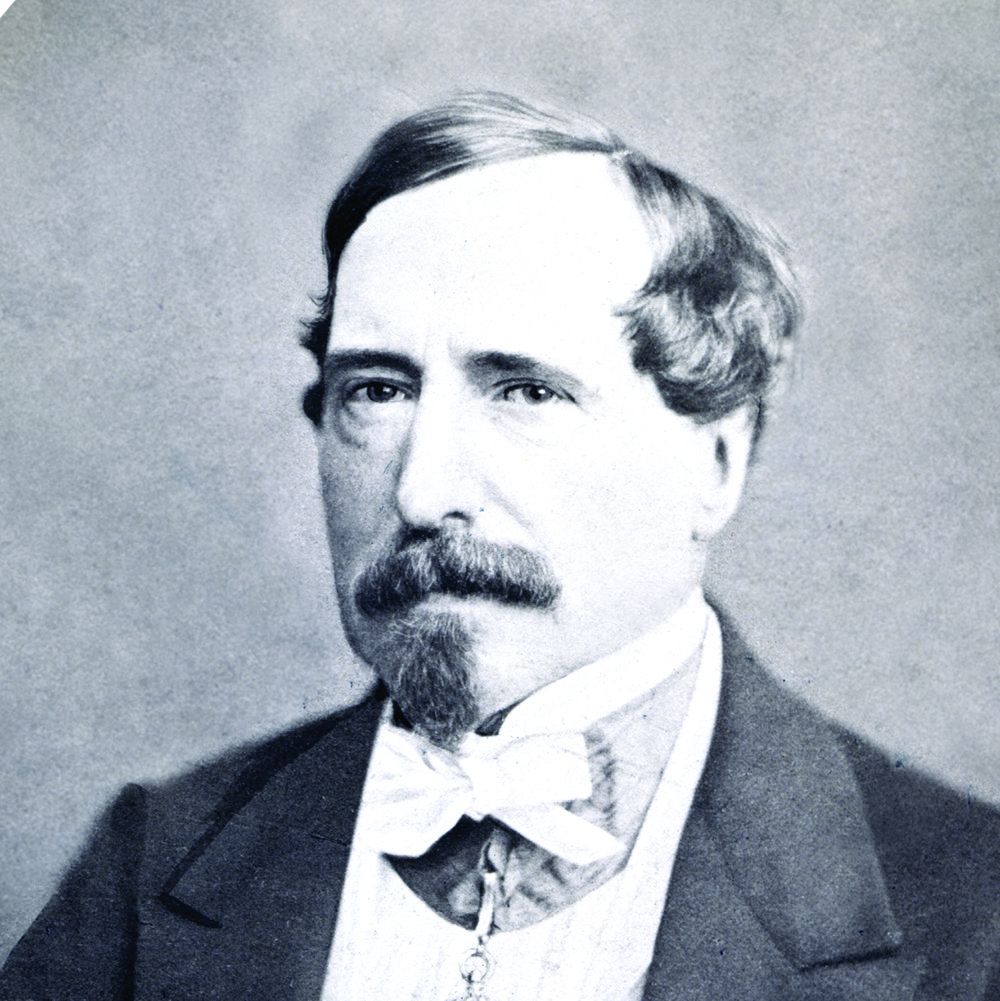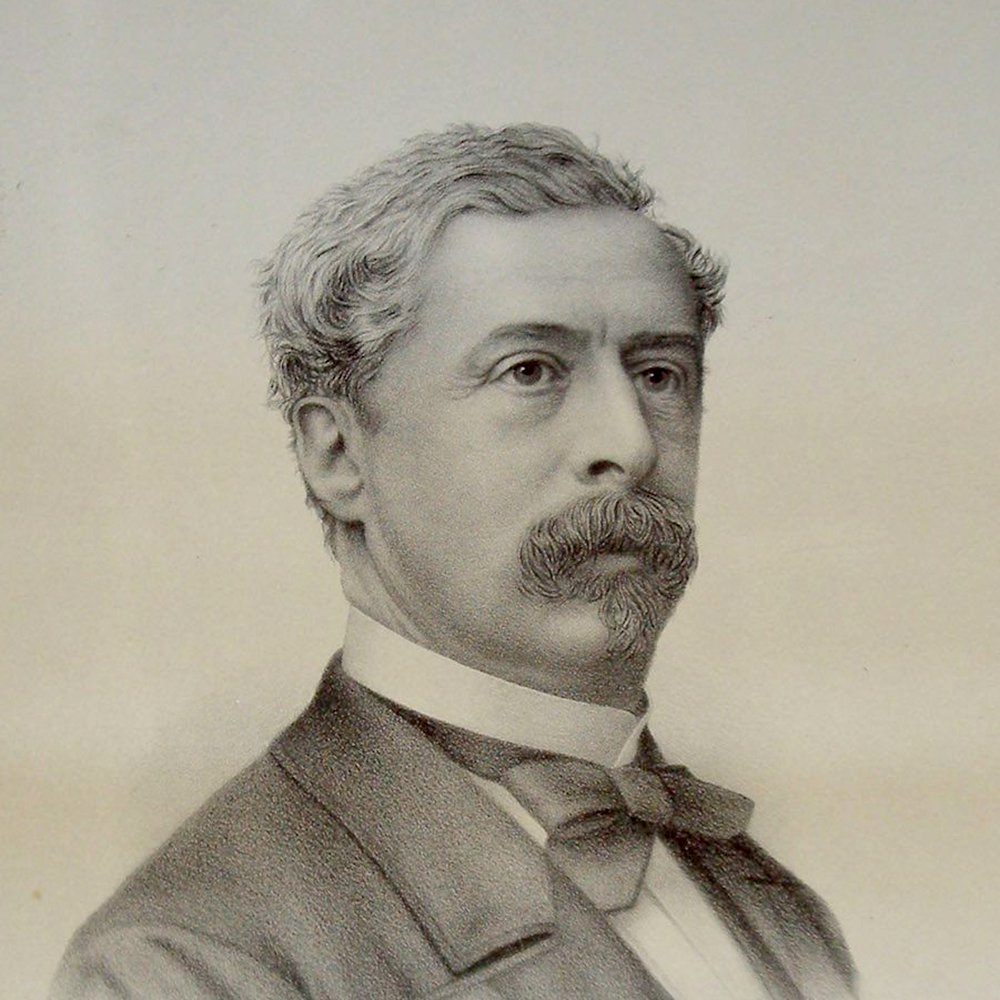Members
The Wallace Collection: a Franco-British cultural institution

For over a century, the Wallace Collection has been a bastion of French cultural heritage in the UK, hosting some of the world’s finest examples of 18th-century French art. Today, the Collection continues to showcase this period’s enduring influence.
Franco-British connections: the Marquesses of Hertford
The Wallace Collection’s links to France are bound up with the history of the noble family who accumulated its work.
In the 1760s Francis Seymour-Conway, 1st Marquess of Hertford, was named British Ambassador to France, beginning a multi-generational association with the country. His great-grandson Richard, 4th Marquess of Hertford (1800-1870), spent the greater part of his life in France as an art collector and it was his tastes which left the greatest impact on what would become the Wallace Collection.

“Pleasing pictures”: a French collection
The 4th Marquess expressed a preference for “pleasing pictures”, championing the work of 18th-century French artists like Boucher, Fragonard and Watteau, with amorous feminine subjects and soft colour palettes. Having grown up during the reign of Napoleon, he also developed a penchant for works glorifying the empire and its military prowess – notably those of Horace Vernet.
His purchase of Fragonard’s masterpiece L’Escarpolette (The Swing) in 1865 brought one of the most famous paintings of the Rococo period into his family’s possession. To this day, The Swing remains one of the Wallace Collection’s best-known exhibits and has come to symbolise its French connections.

Upon the Marquess’ death, his estate was bequeathed to his presumed illegitimate son Sir Richard Wallace (1818-1890), another British nobleman with extensive French connections. In Paris, Sir Richard had built up a reputation as a philanthropist, founding the Hertford British Hospital to provide treatment for the city’s poor British residents. He was also responsible for financing the fontaines Wallace, the iconic public drinking fountains that can still be found throughout Paris today.
Sir Richard’s tastes echoed those of his father, and he enriched the collection with works by artists like Delaroche, Decamps and Isabey.
His collection was finally bequeathed to the nation by his French widow Julie-Amélie after her death in 1897.

A cultural destination
The Wallace Collection continues to promote its French art through an extensive programme of in-person and virtual events.
“Tours, talks and courses featured in our Public Programmes often take French artworks as their focus,” explains James Smith, the Wallace Collection’s Development Officer. “With French art so dominant in our collection, it serves as a base for many of our activities.”
The museum’s current exhibition, ‘Inspiring Walt Disney: The Animation of French Decorative Arts’, highlights the enduring influence of its French works on more contemporary work.
“With this show,” Smith says, “we aim to use the enormous and cross-generational appeal of Disney’s classic films to introduce new audiences to the artistic geniuses of the Rococo.”
For Francophiles in the UK, the Wallace Collection is one of the best places to enrich one's cultural knowledge.
